Do you have a question about the Samsung HP-R5052 and is the answer not in the manual?
General safety guidelines for handling the product and performing service.
Precautions to be taken during the servicing of the TV.
Guidelines to prevent damage from static electricity during servicing.
General instructions and checklist for service adjustments.
Step-by-step guide to enter the service mode for adjustments.
Details calibration, option bytes, and white balance settings.
Specific adjustment parameters related to the SVP-EX chip.
Adjustment parameters for the DNIe Lite feature.
Various adjustment settings including video mute, contrast, brightness, etc.
Detailed procedure for adjusting white balance for different inputs.
Detailed procedure for adjusting white balance for different inputs.
Specifies conditions and equipment for measurement during adjustment.
Step-by-step guide for adjusting white balance and low/high light.
General procedures and considerations for downloading software.
General procedures and considerations for downloading software.
Core technical tasks related to component replacement and calibration.
Procedure for adjusting SMPS panel voltages after component replacement.
Initial steps to check before detailed troubleshooting.
Troubleshooting steps categorized by specific error modes.
Troubleshooting steps for the "No Power" symptom.
Troubleshooting steps for intermittent power issues.
Troubleshooting steps for no picture with normal audio.
Troubleshooting steps for no sound with normal video.
Troubleshooting steps for blank or abnormal video display.
Lists troubleshooting based on specific assemblies or boards.
Schematic diagram for the power supply and tuner sections.
Schematic diagram for the sound processing circuitry.
Schematic for MICOM, I/O expansion, and AV input/output circuits.
Schematic diagrams for HDMI and PC input interfaces.
Schematic diagram for the SVP-EX52 chip and its associated circuitry.
Schematic diagram for the S3C2800 CPU and related components.
Schematic diagram for the EAGLE+ MPEG decoder and memory interface.
Schematic diagrams for DNIe Lite and LVDS interface circuits.
Step-by-step instructions for assembling the wall mount.
Procedure for attaching the TV to the wall bracket.
General guidelines and steps for disassembling the unit.
Steps to detach the TV stand.
Steps to remove the rear cover and stand cable.
Steps to remove the main PCB.
Steps to remove various SMPS boards.
Steps to remove the Logic Board.
Steps to remove the X Drive Board.
Steps to remove the Y Drive Board.
Steps to remove the buffer boards.
Timing diagram for the power ON/OFF sequence.
Detailed description of the Main Board's components.
Details the Main SMPS connectors and pinouts.
Details the DC-DC SMPS connectors and pinouts.
Lists and describes the main boards within the PDP module.
Key points and expected waveforms for normal operation.
Block diagrams for the Y and X Drive Boards.
Describes the function of X, Y Drive, and Y Buffer boards.
Specifies the drive waveforms and their functions.
Troubleshooting steps for the drive board, focusing on the Y Buffer.
Procedure to check Y Buffer operation and voltage/resistance.
| Screen Size | 50 inches |
|---|---|
| Display Type | Plasma |
| Resolution | 1366 x 768 |
| Aspect Ratio | 16:9 |
| Contrast Ratio | 10000:1 |
| Brightness | 1500 cd/m² |
| HDMI Ports | 2 |
| Component Video Inputs | 2 |
| S-Video Inputs | 1 |
| Viewing Angle | 160 degrees |
| Response Time | 0.001 ms |
| Input Ports | HDMI, Component, S-Video, Composite |
| Speakers | 2 x 10W |
| Power Consumption | 400W |
| HDTV Compatibility | Yes |
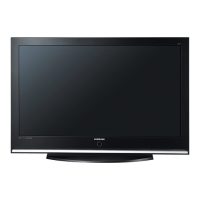
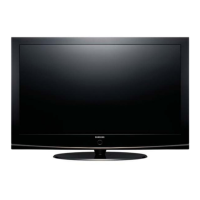

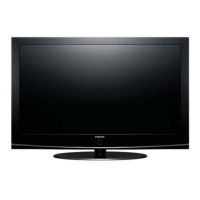

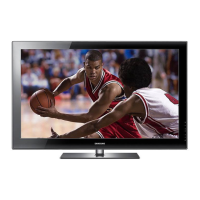
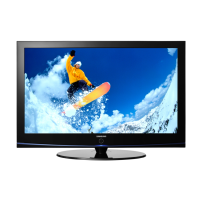



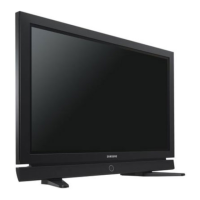
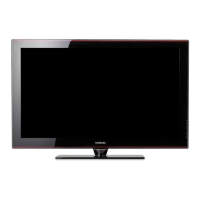
